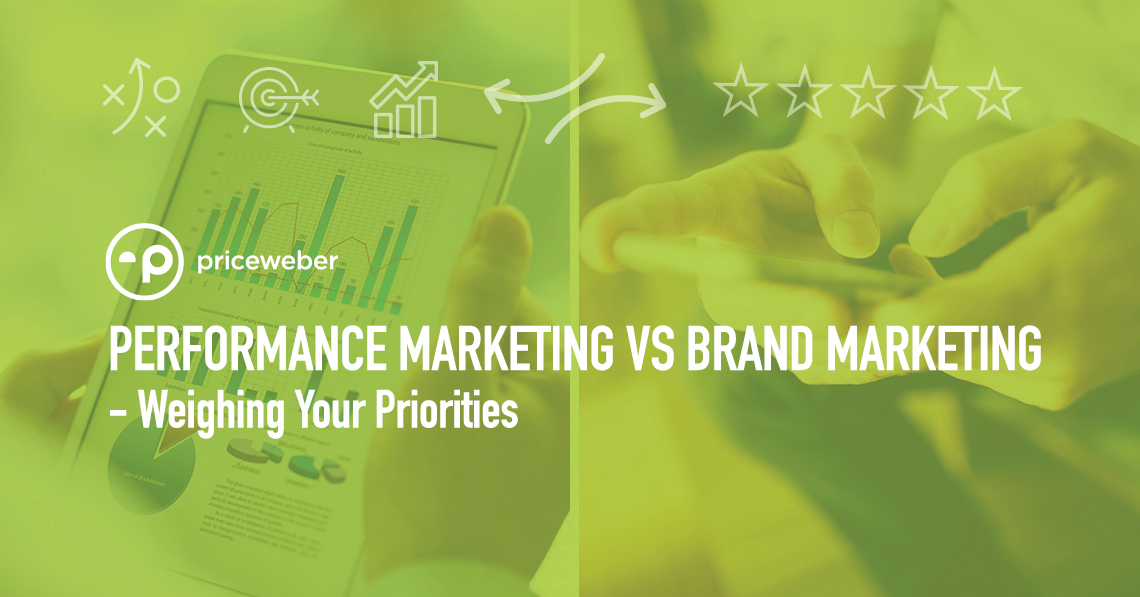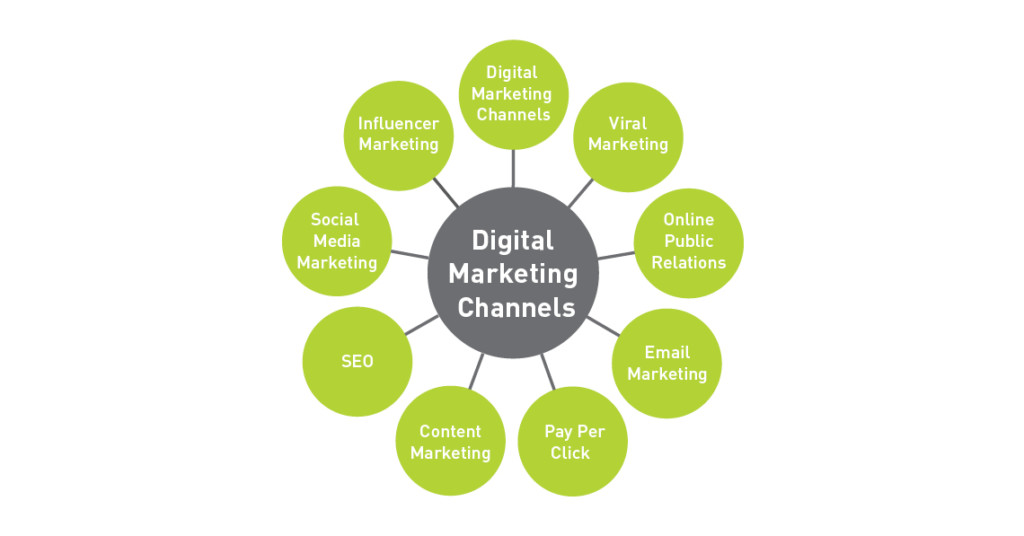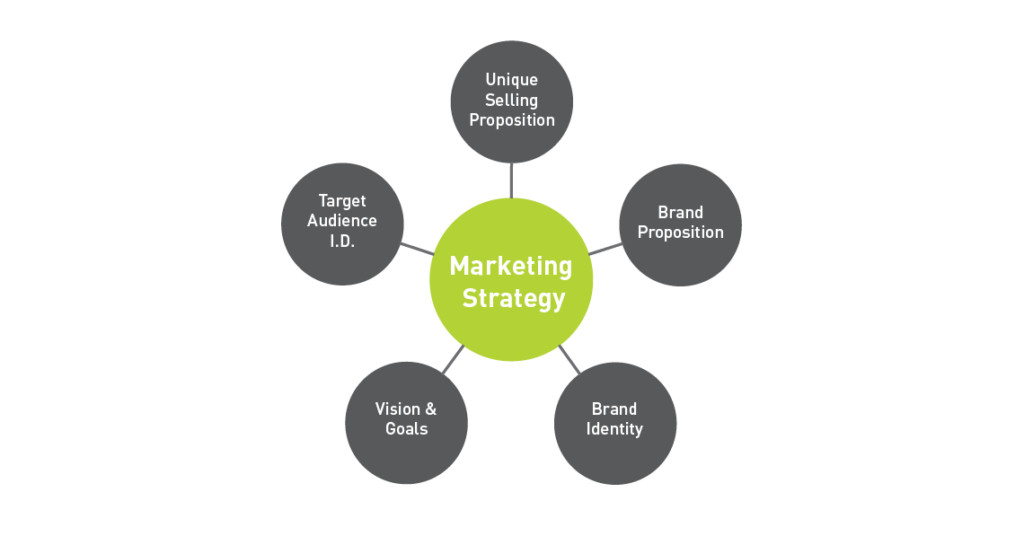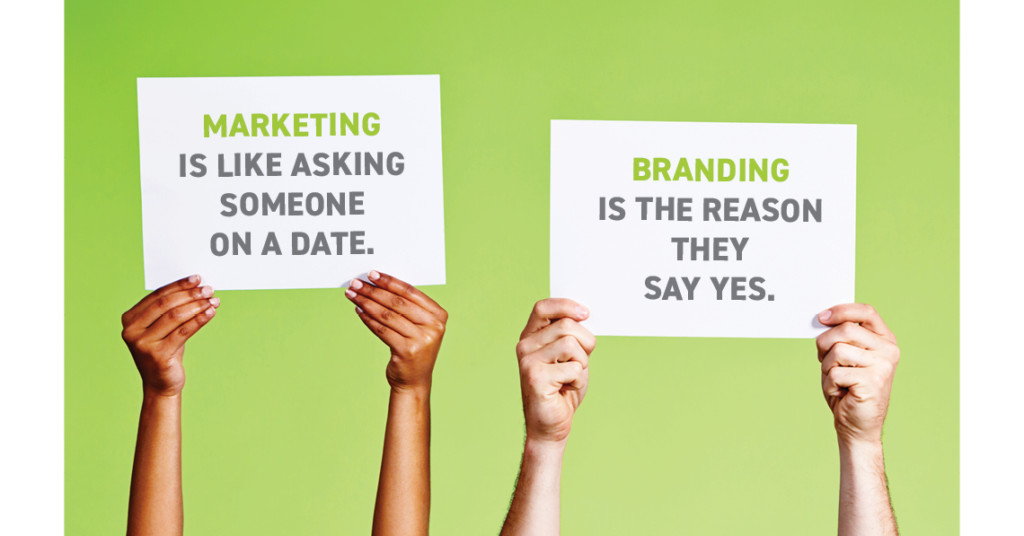In 2015, super brand Adidas realized they had a problem—they were optimizing their marketing efforts against the wrong metrics. Yikes. They discovered they were overinvesting in performance-based digital marketing and underinvesting in brand building. They prioritized efficiency and real-time attribution of digital media and ignored brand impact and brand desire. Since then, Adidas has been hard at work to make major improvements in their marketing efforts and to rebalance their efforts between performance marketing and brand marketing. We’ve all fallen in love with the business-boosting power of performance marketing, so it’s hard to blame Adidas for placing so much focus on it. What’s not to love, right? Performance marketing (done well) drives a direct sale and is directly attributable to a specific digital tactic or collection of tactics.
Unfortunately, a lot of companies are tied up in the immediate success of digital performance-based tactics while neglecting the brand identity that they worked so hard to build. This imbalance of focus means that many businesses are risking damaging or even losing their brand identity.
In today’s Plain Talk, we’ll discuss performance marketing vs. brand marketing. We’ll look at ways to strike the right balance between the short-term benefits of performance marketing and the long game—building a brand that will endure.
What is performance marketing?
Before we can strike that balance, what are we really talking about? The Performance Marketing Association defines performance marketing as “a comprehensive term that refers to online marketing and advertising programs in which advertisers (aka “retailers” or “merchants”) pay marketing companies (aka “affiliates” or “publishers”) when a specific action is completed, such as a sale, lead or click.” This is a digital marketing strategy that’s driven solely by immediate and typically short-term results. You place an ad on one of the available performance platforms—one that is targeted to specific users—and you only pay the digital platform when one of your target customers takes an action. Performance marketing has gotten increasingly hot over the past decade as more marketing budgets are being squeezed to maximize return on investment.
What is brand marketing?
Brand marketing, on the other hand, is all about building and enhancing positive consumer perceptions of the brand and engaging consumers to help grow their affinity for the company. – what are their values, quality, trustworthiness, etc.
Basically, brand marketing is the slower burning, more emotional and enduring part of your marketing strategy while performance marketing is a fast short-term strategy that can be valuable for generating quick leads and sales.
The good news is you don’t have to pick just one. In fact, it’s not beneficial for your company or your brand to place too much emphasis on performance marketing and bottom-funnel actions. Likewise, too much focus on brand building and top-funnel tactics will leave you short on sales. Moreover, branding work can help improve your performance marketing efforts.
Most people don’t have giant budgets that allow for big spending on brand advertising to drive sales. That means, for most brands, performance marketing strategies should be part of the overall marketing picture. The key is finding the right balance. So how do you do that?
Performance Marketing vs. Brand Marketing: Dos and Don’ts
What to do
- Focus on your overall business goals, both short and long term, and equate those to specific objectives for each marketing
- Increase measurement and attribution of branding efforts by incorporating awareness and brand lift studies and collecting data from your omnichannel plan.
- Use performance media to help foster your brand by utilizing sequential messaging and follow through to increase desire and brand impact.
What not to do
- Focus on increasing leads now without a plan for long-term growth.
- Ignore the value of traditional media, or digital media that may not lead to maximum correlated conversions. Paid search will almost always show the strongest cost per conversion or cost per click because people are actively looking for that information, but that doesn’t mean reaching a passive consumer is a waste.
- Focus on last-click attribution. Each piece of a marketing plan can drive your search or display ad click. Don’t ignore the pieces that led someone to ultimately make a purchase.
- Ignore the benefit of performance media. For smaller companies, it’s important to focus on key performance indicators and paying on a cost per click or cost per lead level can help stretch the budget further.
- Ignore the importance of messaging. When focusing on something like paid search, you have 30-character snippets to work with. It becomes easy to lose the brand in those short messages. Using all available real estate, utilizing sequential messaging, etc., will allow you to get more of the brand message across, making your dollars efficient and effective.
Ready to chat?
Performance marketing efforts, when done correctly, can play an important role in building your brand, rather than eroding it. We advocate for a balanced, layered approach to media that serves the needs of client brands and their sales goals. If you want to chat with an expert about how you can strike that perfect balance, drop us a note here or just give us a call at 502-499-4209, and we’ll be happy to help.





